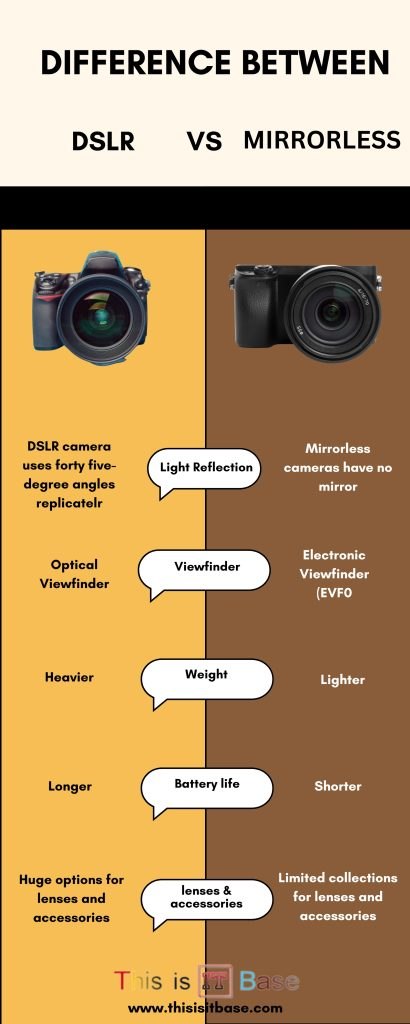Recently decided to upgrade my photography gear and searched for a mirrorless camera that met my needs. I even once typed “mirorless camera” by mistake, a small reminder to always double-check my spelling.
Table of Contents
What Is a Mirrorless Camera?
A mirrorless camera is a compact digital camera that omits the mirror system found in DSLRs. It offers a lightweight design and fast shooting speeds. I enjoy using a mirrorless camera because it delivers excellent image quality and portability. Furthermore, it enables me to capture stunning photos on the go.
Key Features and Benefits
When you choose a mirrorless camera, consider these factors:
- Compact Size: The design is sleek and portable.
- High Image Quality: It delivers excellent resolution and clarity.
- Fast Autofocus: The focus system works quickly in various lighting.
- Video Capabilities: Many models support 4K video recording.
- Interchangeable Lenses: Expand your creative possibilities easily.
I love how my mirrorless cameras adapts to different shooting environments. It provides a versatile solution for both photography and videography. In addition, it fits perfectly in my backpack during travel.
Comparing Popular Mirrorless Cameras
Below is a comparison table of three popular mirrorless cameras. This table helps you decide based on price, features, and user ratings.
| Model | Price | Resolution | ISO Range | User Rating |
|---|---|---|---|---|
| Sony Alpha a7 III | $2,000 | 24 MP | 100-51200 | 4.7/5 |
| Canon EOS R6 | $2,500 | 20 MP | 100-102400 | 4.6/5 |
| Fujifilm X-T4 | $1,700 | 26 MP | 160-12800 (expandable) | 4.8/5 |
This table shows that each mirrorless camera offers distinct strengths. Transition words such as “furthermore” and “moreover” help emphasize the differences.
My Personal Experience with a Mirrorless Camera
Purchased a mirrorless cameras last year and have loved every moment. I enjoy its lightweight design and quick performance. I frequently take photos during my travels and events. My mirrorless cameras has helped me capture breathtaking landscapes and candid moments. I learned a lot while experimenting with different settings. Occasionally, I make typing errors like “mirorless camera,” but I always correct them quickly.
Using this camera, I have improved my photography skills and discovered new creative techniques. I appreciate the flexibility it offers when switching between lenses and shooting modes. The compact size makes it easy to carry, and the battery life meets my daily needs.
Tips for Choosing the Right Mirrorless Camera
Here are some useful tips if you plan to buy a mirrorless camera:
- Assess Your Needs: Determine if you need high resolution, fast shooting, or advanced video features.
- Set a Budget: Compare options within your price range.
- Read Reviews: Look for honest feedback from other users.
- Test In-Store: If possible, try out the camera to see if it feels right in your hands.
- Consider Accessories: Check for available lenses and other add-ons that match your shooting style.
These suggestions come from my personal journey and research. They helped me avoid common pitfalls and select a model that fits my lifestyle.
Conclusion
A mirrorless cameras offers an excellent blend of portability, performance, and image quality. My experience shows that investing in the right mirrorless camera can elevate your photography skills. By comparing features, reading reviews, and testing models, you can find a device that meets your creative needs.
Embrace the versatility of a mirrorless cameras and enjoy capturing life’s precious moments.
Infographic: Difference between DSLR vs Mirrorless camera

